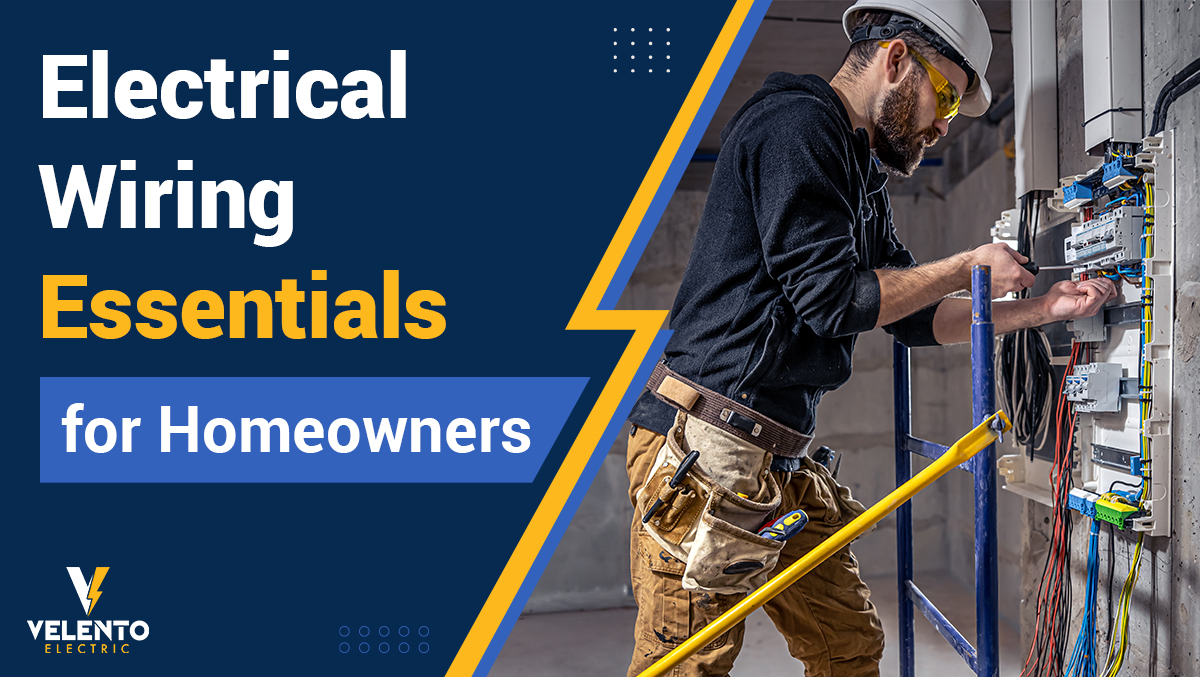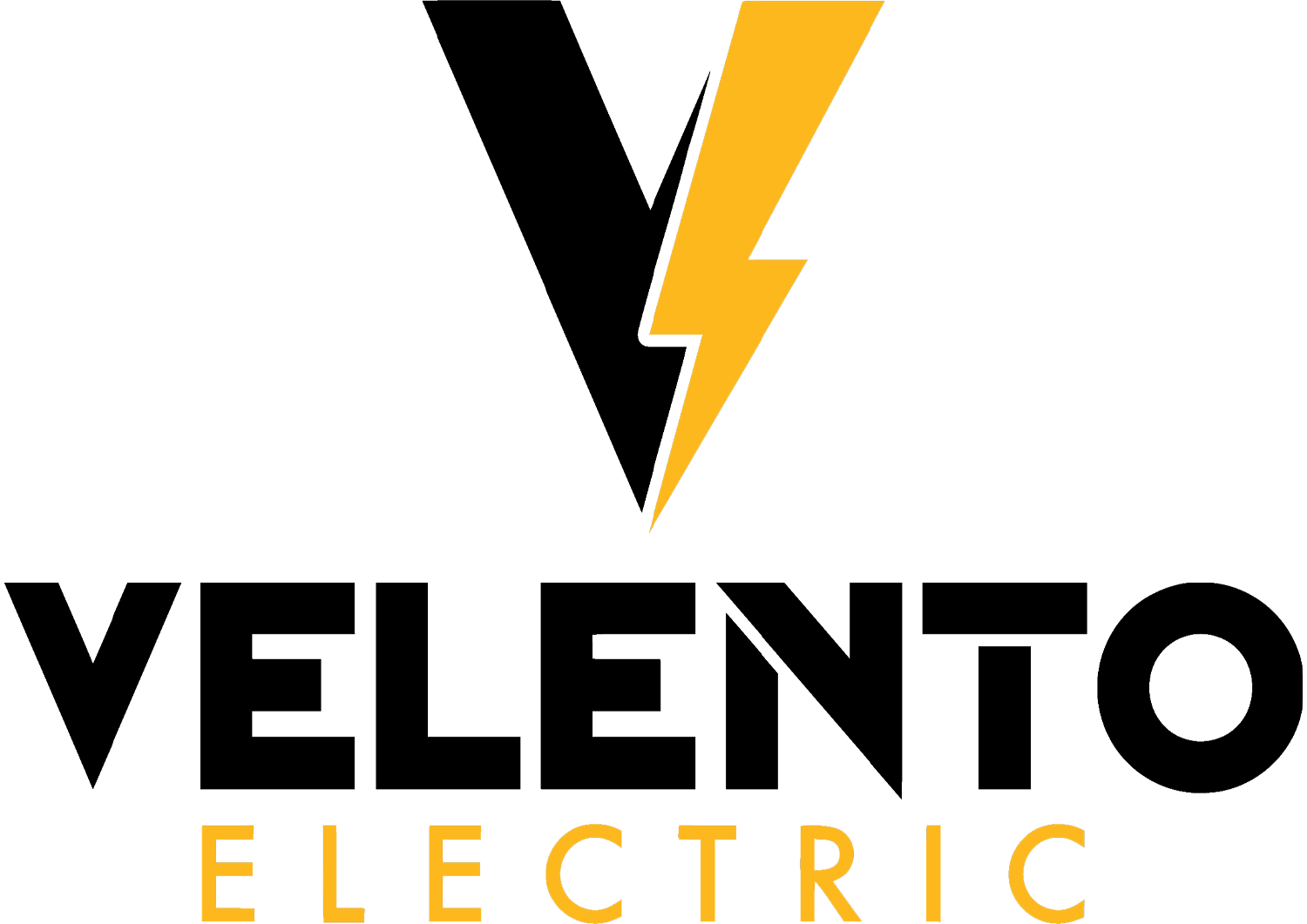We Are an Electrician Company In North Jersey
Our experienced team offers services for both residential and commercial properties.With over 25 years of experience in the industry, we boast all of the knowledge and expertise in repairing.
Our experienced team offers services for both residential and commercial properties.With over 25 years of experience in the industry, we boast all of the knowledge and expertise in repairing.
Working Hours : Monday to Friday (9am - 5pm)

Electrical wiring is an essential aspect of homeownership that ensures the safe and efficient operation of electrical systems in your home. Understanding the basics of electrical wiring can help homeowners make informed decisions about maintenance, upgrades, and safety. Here are some key points to consider:
Conclusion
Understanding electrical wiring essentials and safety is crucial for homeowners to maintain a safe and efficient home. While basic tasks can often be handled by informed homeowners, more complex projects should involve licensed electricians to ensure safety and compliance with building codes. Regular maintenance, smart home integration, emergency preparedness, and adherence to legal and safety regulations will help keep your home’s electrical system in top condition. By staying informed about new technologies and trends, homeowners can make informed decisions that enhance the safety, efficiency, and convenience of their homes.
